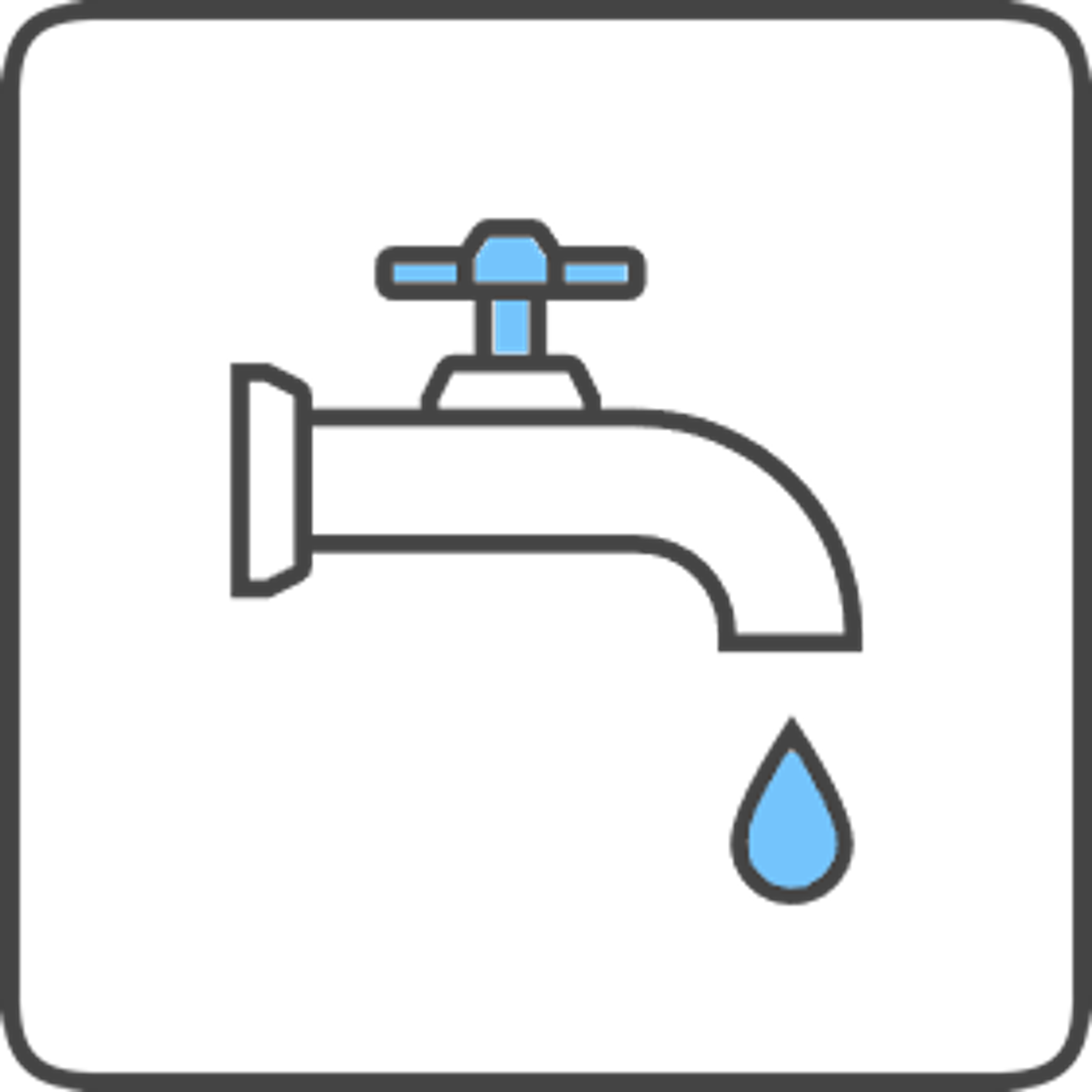Docs / Pipeline
A Pipeline in OSM is a consistent group of deals that share the same Aging Schedule, Qualification, Revenue Model, and similar Average Sale. A company may have more than one OSM pipeline if they have many lines of business. The purpose of having separate pipelines is to have an accurate prediction by grouping similar types of deals together. Having dissimilar deals grouped into the same pipeline can lower the accuracy of the predictions.
Your business may actually have more than one pipeline. Most CRMs do not model this correctly, and therefore generate unhelpful reporting.
A pipeline works together to drive performance. Knowing your unique pipeline is the key to sales team insights.
With OSM, we can calculate pipelines individually. After calculating an individual pipeline, pipelines can be aggregated to get a total view of the business.
Determining Pipeline Example
Consider an auto dealer with many product lines. Firstly, they sell cars to individual buyers. Secondly, they have a service shop which does maintenance work. They also may have a fleet sales division.
The car sales are very different from the service sales. It might take weeks to win a car sale, and only days to win a service sale. A car sale is in the tens of thousands; a service in the hundreds to low thousands. The conversion rate between car sales and service sales will also likely be very different. For these reasons, car sales and service sales should be analyzed in separate pipelines for analysis and prediction modeling.
However let’s now look just at car sales. If a Chevy dealership sells Chevy, Cadillac, and GMC, are these different pipelines? Not necessarily. Although they are different product lines, the aging Schedule, the average amount, and the qualification criteria are going to be very similar. As such, the business may choose to include these all in the same pipeline so that they can predict all car sales together.
How to make the decision
First and foremost, decide whether the product lines share the same Aging Schedule, Qualification, and Revenue Model. If they do not, then they belong in different pipelines.
If they do share the same Aging Schedule, Qualification and Revenue Model, then consider the organizational structure and who is responsible for pipeline growth. If different individuals or teams run each brand (in this case, Chevy, Cadillac, and GMC), then each brand leader is going to want their pipeline isolated so that other managers do not impact their performance metrics. If, however, there is only one division manager for all brands, then they will probably want one pipeline.

ObjectiveSalesManagement.org maintains the documentation of the OSM model and provides training certification for Partners and clients that wish to use OSM within their businesses.
OSM Training
Get in depth training on OSM and sales team performance with a Training Partner
Deploy OSM
Deploy OSM in your organization today with SalesInsights.io. Sales Insights can audit, clean up, report, and improve your sales team performance.
© Objective Sales Management 2022
